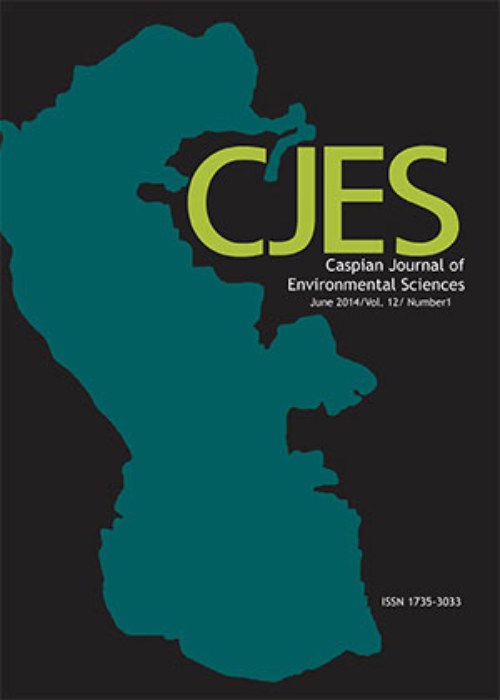Potential human health risk of some heavy metals in the commercially tea leaves and tea infusion
This study has been conducted to measure the heavy metal concentrations in different trademarks of tea leaves and tea infusion sold in the markets in Babylon Province, Iraq. The Cd, Pb, and Ni concentrations were quantified by atomic absorption spectrometry. The study recorded that cadmium concentrations in dry samples of tea leaves or its hot drink were 2.43 ppm, while the lowest value was 0.2 ppm in T-5 sample as dry granules to gain colour. The samples of T-1 were grains for taste which recorded 0.2 ppm. It is within the normal limits allowed by the World Health Organization, but close to the limits allowed by the British Pharmacopoeia. On the contrary, the lead concentrations were outside the permissible limits for both. Statistical analysis did not show significant differences between cadmium concentrations in dried tea leaves and tea infusion. The lead concentrations in both groups were the highest: 17.24, 16.64, 15.46, and 14.27 ppm in T-1, T-2, T-3, and T-6 respectively. While the lowest value was recorded at 0.02 ppm in T-5. In the hot tea drink, Pb concentrations decreased (7.15 and 0.04 ppm) in T-3 and T-5 respectively. It showed significant differences that exceeded the permissible limits of WHO. Based on the results of the current study, the bioaccumulation of these elements in the leaves of the plant will contribute significantly to increase their level of accumulation in people who are accustomed to drink tea constantly, especially in the types with a high content that was grown in soils contaminated with toxic heavy metals. Then, the non-carcinogenic risks, quantifying the health risk to consumers, the Hazard Quotient (HQ) and Hazard Index (HI) of the examined heavy metal ingestion in the tea were determined. The THQs for individual metals were less than 1, which has been approved for human consumption. However, it is necessary to measure the toxic metals in all foodstuffs entering the country as part of quality inspection and food safety processes.
- حق عضویت دریافتی صرف حمایت از نشریات عضو و نگهداری، تکمیل و توسعه مگیران میشود.
- پرداخت حق اشتراک و دانلود مقالات اجازه بازنشر آن در سایر رسانههای چاپی و دیجیتال را به کاربر نمیدهد.


